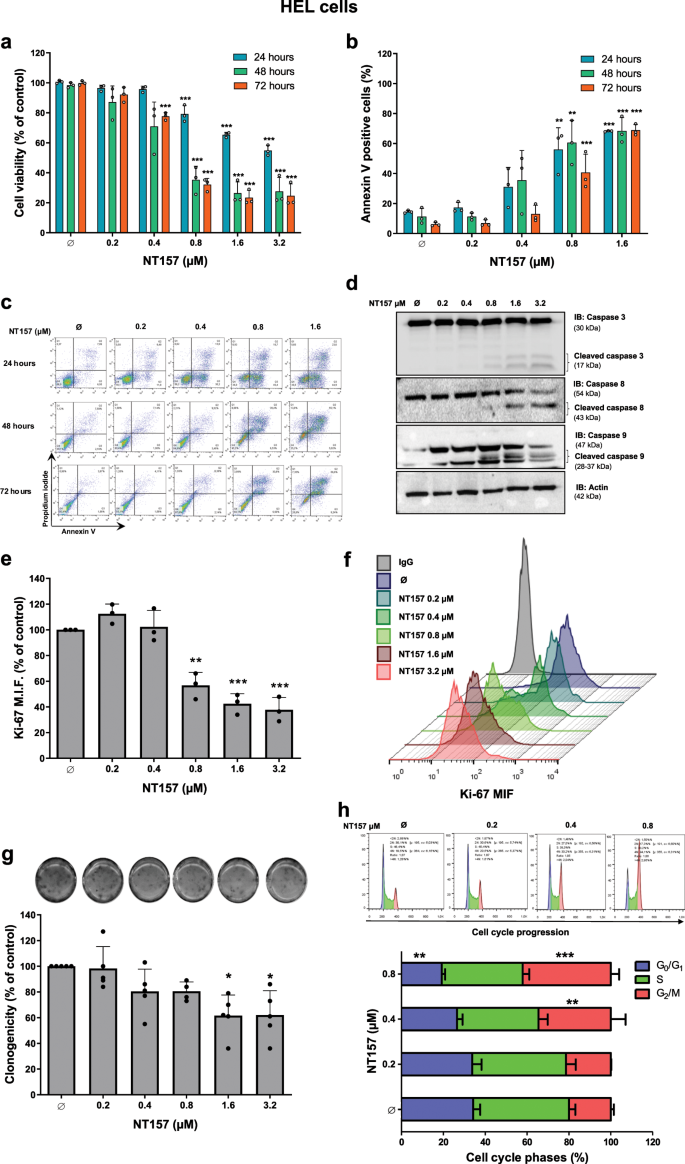

Both examples require only ten data points (D 1, D 2 and, each with 3 doses plus one control) to quantitatively determine synergism or antagonism with the CompuSyn software. Only 36 patients respectively only 66 nude mice were required.

#Compusyn vs calcusyn trial#
This article presents two examples for drug combinations in vivo: (i) in animals (anticancer drug combination against human HCT-116 colon carcinoma xenografts in nude mice, Taxotere + T607) and (ii) in a clinical trial (anti-retroviral drug combinations against HIV/AIDS, AZT + INF). In vivo drug combination studies that use only single dose or statistical p value analyses do not allow quantitative synergy claims. Although the CI method is often (>6000 citations) applied in in vitro studies, it is rarely used in animal studies or clinical trials. m is the dynamic order (in exponential) which signifies the shape of the dose-effect curve which in turn is the slope of the median-effect plot 6, 20.
#Compusyn vs calcusyn software#
The extension of MEE from a single drug to multiple drugs establishes the general combination index equation (CIE), which quantitatively defines synergism (CI 1]. This plot is automatically generated by the CompuSyn software using x log (D) vs y Log fa/fu. Fewer data points are required for a dose-effect curve, facilitating economical and ethically sustainable PD analyses. This functionality has tremendous significance for in vivo studies. For dose-effect curves using MAL, dose-zero can serve as 3 rd point, and the universal reference point, the median-effect dose (D m) serves as 4 th point. Thus any two data points can represent an entire dose-effect curve. MEE enables the linearization of a dose-effect curve into a straight linedefined by two data points. Delinasios), All rights reserved.The median-effect equation (MEE) derived from the mass-action law (MAL) is the unified theory of dose-effect pharmacodynamics (PD) and biodynamics (BD). Ting-Chao Chou, or Web of Science or Publons). However, more research is needed to apply appropriate rules of machine learning methods to ensure correct predictive models.Ĭalcusyn Combination treatment Compusyn review synergy.Ĭopyright© 2019, International Institute of Anticancer Research (Dr. It is based on the same Chou-Talalay’s Combination Index Theorem that CalcuSyn is based on. Interestingly, the application of machine-learning methods in the prediction of combination treatments, which can include pharmacogenomic, genetic, metabolomic and proteomic profiles, might contribute to further refinement of combination regimens. Software packages CalcuSyn (also available as CompuSyn) and Combenefit are designed to calculate the extent of the combined effects. Interactions can be additive, synergistic (more than additive), or antagonistic (less than additive).

The effect of a combination treatment can be calculated using mathematical equations based on either the Loewe additivity or Bliss independence model, or a combination of both, such as Chou and Talalay's median-drug effect model. In this review, we give a short summary of the types of analyses that were presented during the Preclinical and Early-phase Clinical Pharmacology Course of the Pharmacology and Molecular Mechanisms Group, European Organization for Research and Treatment on Cancer, that can be used to determine the efficacy of drug combinations. Initial assessment of the effect of such combinations, usually of two agents, is frequently performed using in vitro assays. Combination therapies are used in the clinic to achieve cure, better efficacy and to circumvent resistant disease in patients.


 0 kommentar(er)
0 kommentar(er)
